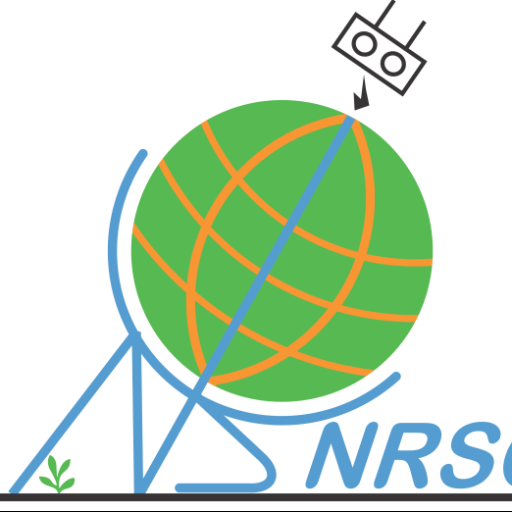About NRSC
The National Remote Sensing Centre (NRSC) was established through the issuance of Statutory Instrument No. 137 of 1999 of the Science and Technology Act (No. 26 of 1997). The idea of setting up the NRSC was mooted at an international conference hosted by the then Ministry of Science, Technology and Vocational Training (MSTVT) in 1997. This establishment of the NRSC was necessitated by, among others, the increasing number of organizations that were using satellite imagery and spatial information and the absence of a facility for geospatial data access and sharing.
The core functions of the NRSC, as contained in Statutory Instrument No. 137 of 1999 of the Science and Technology Act No. 26 of 1997, are to:
- Be a Centre of excellence for acquiring, processing, archiving and disseminating remote sensing data.
- Provide remote sensing or geographic information system services to address scientific, natural resource management, and environmental concerns in Zambia and the sub-region;
- Promote the development and use of remote sensing or geographic information system technology and applications in Zambia;
- Coordinate and monitor remote sensing or geographic information systems activities in Zambia by maintaining institutional networks and linkages;
- Collaborate with institutions involved in remote sensing or geographic information system activities nationally, regionally and internationally.
- Advise government on the policy framework and long-term strategies relating to space technology, remote sensing data, and its exploitation for national development; and do all such acts and things as are connected with or incidental to the foregoing.
